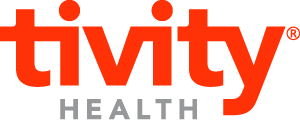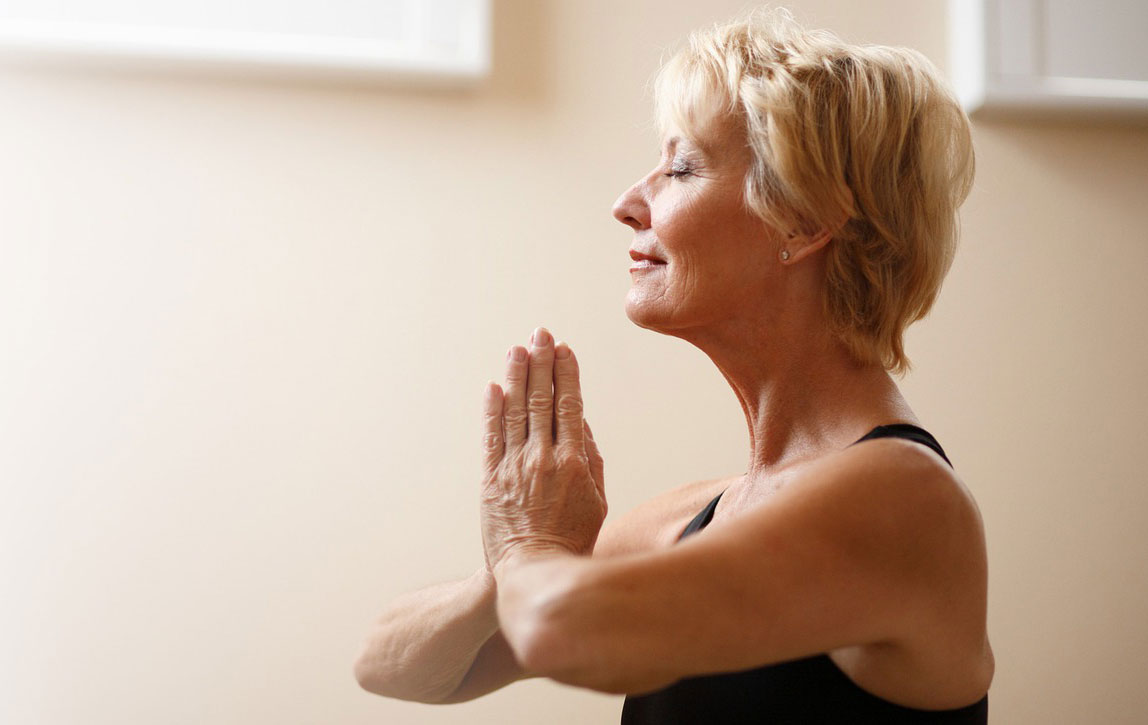Healthy aging programs, a benefit of most MA plans, have been effective in attracting members through physical fitness, nutrition resource offerings and social engagement support. Prior studies have shown evidence of improved health outcomes from participation in healthy aging programs; but research has been limited by geographical areas and access to health plan data.
An independent analysis was conducted by Avalere Health, a leading healthcare consulting firm specializing in strategy, policy, and data analysis for life sciences, health plans, and providers. Avalere Health examined the differences in health outcomes among Medicare beneficiaries who are enrolled in MA and are participating in SilverSneakers, a fitness and healthy aging program for older adults. The purpose of the analysis was to determine the value and benefit to participants and providers of these programs, and its impact on health outcomes, cost, and quality.
A total of 8,555 program participants and 42,775 non-participant MA members were included in the final study sample. MA data was collected from members who participated in the SilverSneakers program over a minimum 12-month period and were continuously enrolled in the same MA plan during the same period. Two study approaches were designed – the first was to examine differences in the utilization, cost and quality in pre-and-post program results, among MA members participating in SilverSneakers. The second cohort was designed to compare participating members to non-participating beneficiaries with similar demographic and clinical characteristics.
Utilization and cost metrics were calculated overall for the cohorts, and stratified by age group, number of chronic conditions, disability status, and dual eligible status.
Key findings include:
Lower Healthcare Utilization
Medicare Advantage beneficiaries who participated in the SilverSneakers senior fitness program had lower healthcare utilization after joining the program, compared to matched non-participants. The rate of hospitalizations decreased significantly by 21.3%. Program participants had 7.3 fewer hospitalizations and 7.6 fewer ED visits per year than comparable non-participants. SilverSneakers participants also had shorter inpatient lengths-of-stay.
Lower Total Medical Costs
Program participants incurred lower total medical costs, driven mainly by lower spending on inpatient hospitalizations, but also lower use of post-acute care (e.g., skilled nursing facility stays, home health, and inpatient rehabilitation). The largest cost savings were found among fitness program members who were aged 80 and older, had three or more chronic conditions, or were members enrolled in Medicare under age 65 due to disability. While there was no significant difference in pharmacy costs, participants had 15.9% lower total costs and 25.7% lower medical costs over the same time period compared to non-participants. Total annual average health expenses, including medical and pharmacy, among SilverSneakers participants was $4,463 compared to $5,303 for non-participants.
Better Performance on Key Quality Measures
Program participants had better performance on key measures of quality, including greater adherence to hypertension and cholesterol medications both after joining the program and compared to similar non-participants. This quality measure performance correlates to improved Stars ratings, a measurement system used by the Centers for Medicare and Medicaid Services (CMS) to measure MA performance for public reporting and to award bonus payments.
Reducing hospital readmissions is a key focus of CMS. Program participants also had lower rates of 30-day all-cause hospital readmissions compared to non-participants, and higher rates of vaccination and disease screening. For instance, members were more likely to receive breast cancer screening (increased from 71.5% to 77.7%) after joining the fitness program. They were more likely to obtain preventative screenings such as colonoscopies (16.0% to 21.1%), prostate cancer, depression, and cholesterol screenings after joining the program as well.
The findings from this study offer additional insight to previous studies about the value of fitness programs such as SilverSneakers. More importantly, the study highlights the significance of healthy aging fitness programs, and the overall positive impact they may have in improving the health of the senior population, while lowering healthcare costs.
Click here to review the full study and the Avalere Health whitepaper, Evaluating a Healthy Aging Program’s Impact on Health Outcomes in Medicare Advantage Beneficiaries















